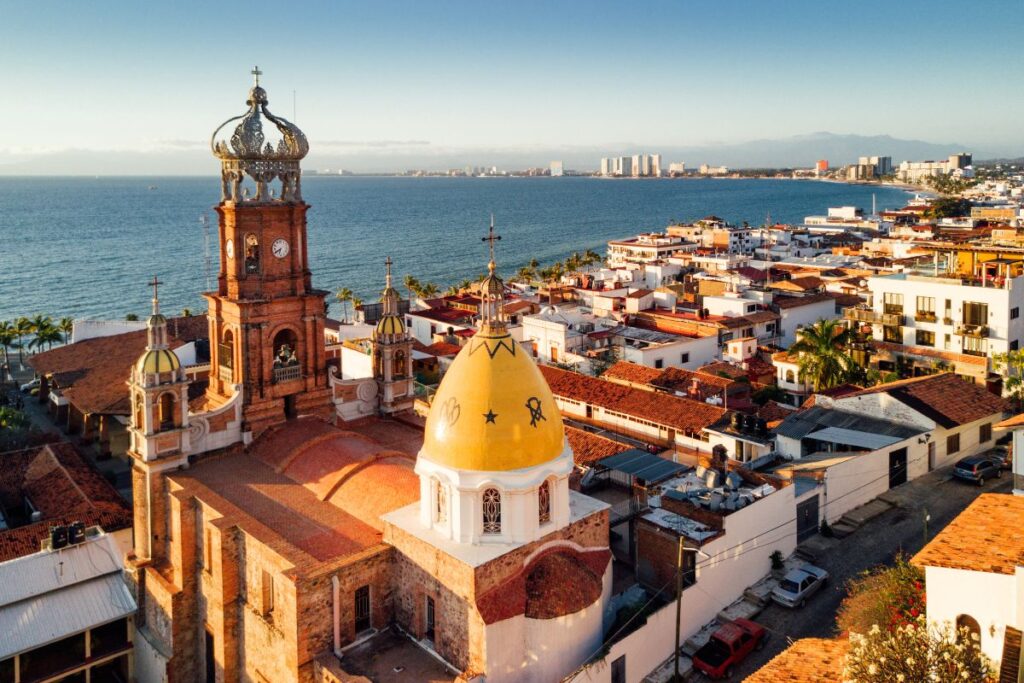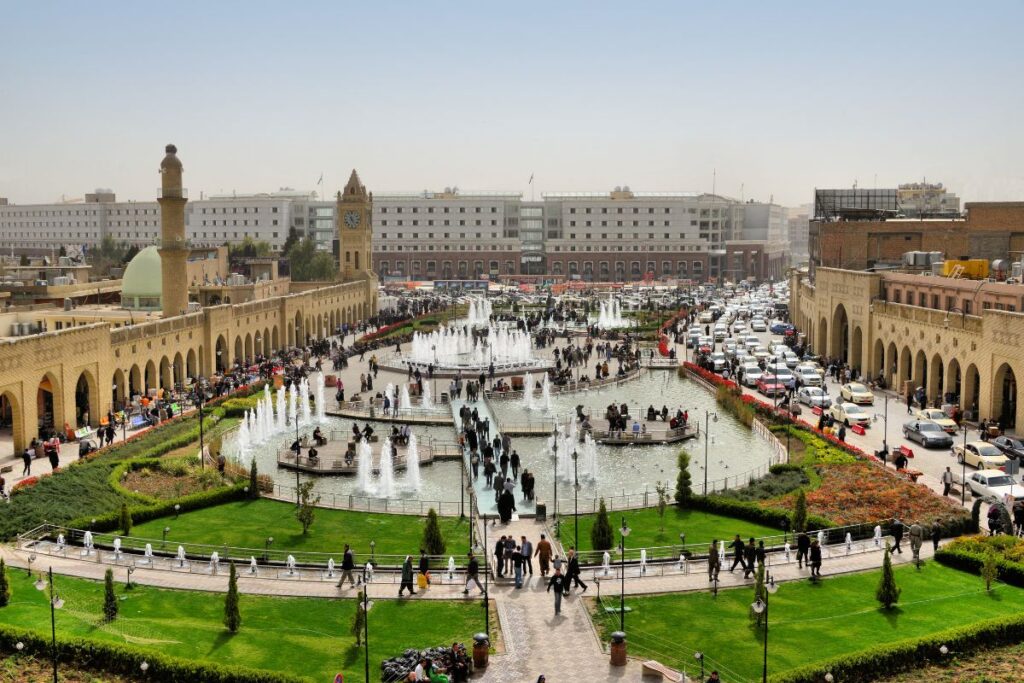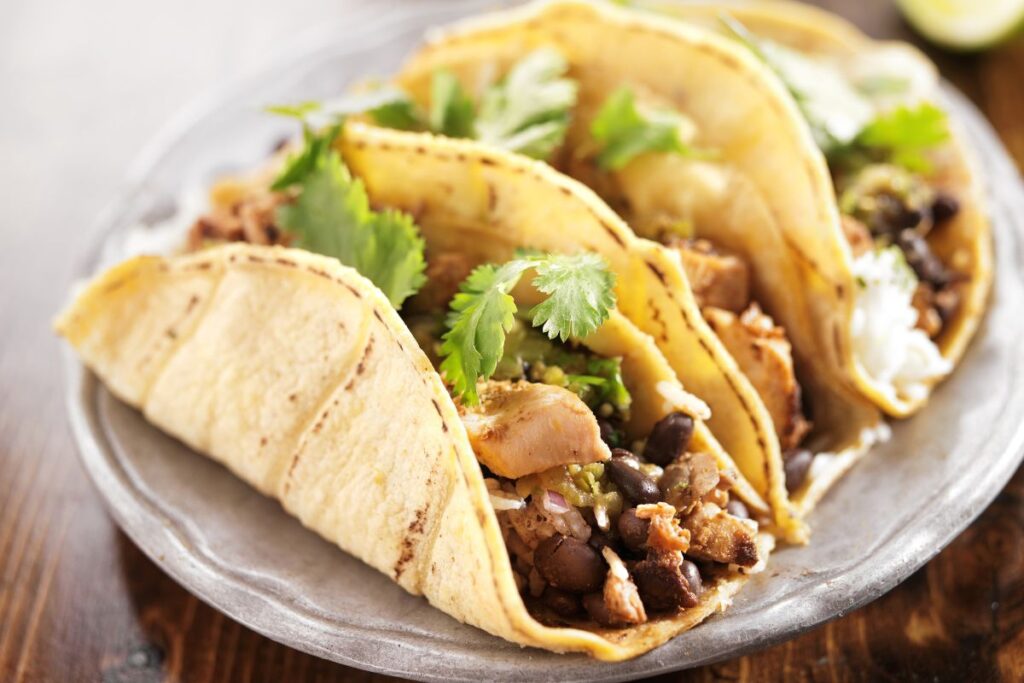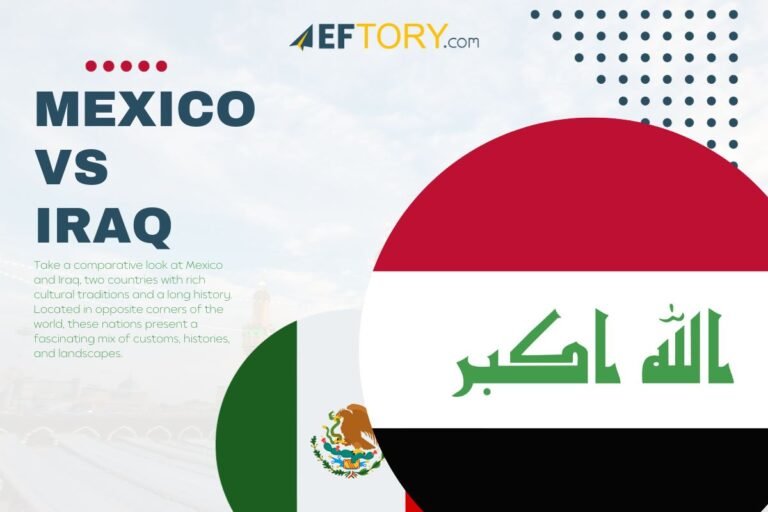Mexico vs Iraq:
Take a comparative look at Mexico and Iraq, two countries with rich cultural traditions and a long history. Located in opposite corners of the world, these nations present a fascinating mix of customs, histories, and landscapes.
Mexico is a symbol of North America’s blending of history and modernity, with its sun-kissed beaches, historic ruins, and dynamic culture.
On the other hand, the Tigris and Euphrates rivers have shaped the landscape of Iraq, which is located in the center of the Middle East and bears resemblances to ancient Mesopotamia.
Here we discuss the comparison between Mexico & Iraq in respect of various factors that will help you people to know which country suits your taste or interest.
Landscape:
Mexico and Sweden offer travelers distinct landscapes.
- The diverse landscapes of Mexico, from sun-kissed beaches and the Chihuahuan Desert to majestic Sierra Madre peaks and lush Chiapas jungles, come together to produce an aesthetically beautiful natural splendor.

On the other hand, Iraq is a country in the Middle East that consists of plains, mountains, and deserts. The Tigris and Euphrates rivers are responsible for crafting historical importance from the region’s prehistoric Mesopotamian culture. Wars have left a long-lasting effect on the ecosystem, regardless of the beauty of places like the southern marshes and the northern highlands.

In short, Mexico blends historical wealth with tropical charm to create a captivating variety of colorful natural beauties. On the other hand, the geography of Iraq tells a historically significant tale, with rivers sculpting its history even as contemporary issues have left their footprints.
Cost of Living:
The significant differences in living expenses between Sweden and Mexico are evidence of the differences in economic conditions between the two nations.
- Mexico is often more reasonably priced for both visitors and locals. Travel, accommodation, and food are usually more reasonably priced, which attracts visitors that are looking for an affordable vacation. Affordable food alternatives may be found at local markets and from street sellers and public transportation is cheap to use.
- There may be variations in the cost patterns of travel to Iraq. Even while certain places may be more inexpensive than others, things like inadequate facilities for tourists and security issues might affect total costs.
- Compared to Mexico, accommodation and eating out may be comparatively more expensive in some areas, particularly major hubs. It is essential to take into account the possible influence of geopolitical elements on travel arrangements, including variations in expenses and accessibility.
In terms of travel costs, Mexico tends to be more budget-friendly, offering a range of affordable options for accommodation, dining, and transportation.
Cuisine:
- Mexican cuisine is renowned for its bold and vibrant flavors, often characterized by the use of spices, herbs, and a variety of chili peppers. In many recipes, corn, beans, and rice are used.. Tacos, enchiladas, and tamales showcase the versatility of masa (corn dough), while guacamole and salsa add freshness and zing.
- Meats including chicken, beef, and pork are frequently utilized in popular recipes like carnitas and carne asada. Coastal regions are rich in seafood, which is used in recipes like fish tacos and ceviche. Mexican food also offers a large variety of cheeses, while chocolate and caramel are frequently used in sweets.

- Iraqi food consists of basics like rice, wheat, and lamb and is inspired by the Mediterranean, Persia, and the Middle East. Famous foods include “Dolma,” which is rice and meat wrapped in grape leaves, and tasty “Kebabs.” “Iraqi Biryani” is a flavorful rice dish topped with raisins and fried onions that contains chicken or lamb. A popular dish is “Masgouf,” which is grilled fish, and flatbreads like “Samoon” and “Khubz”. While traditional sweetness is shown in desserts like “Kleicha,” a date-filled pastry, spices like cumin, coriander, and cinnamon give depth. Iraqi food is a complex fusion of cultures and tastes.

- Both Mexico and Iraq offers rich culinary experiences, with their unique flavors and culinary traditions providing a delightful experience for those eager to explore the diverse world of international cuisine.
Language:
- The linguistic environments of Sweden and Mexico are different from one another due to historical and cultural factors.
- The official language of Mexico is Spanish. Spanish is spoken by the majority of the population and is the primary language of government, education, and media. However, Mexico has a broad linguistic landscape, with multiple native languages being spoken all around the nation.. Some of the major native languages include Nahuatl, Maya, Mixtec, Zapotec, and Otomi. The government has recognized many of these languages as national languages due to their cultural significance.
- Arabic is the official language of Iraq, a country with an expanded population. The majority of people can communicate in Iraqi Arabic, a language with regional differences. Furthermore, Kurdish is an official language in the Kurdistan Region and is extensively spoken, mostly in the northern parts of Iraq. In addition, Turkmen, Assyrian, and Armenian are minority languages that represent the nation’s many ethnic and religious groups. Even though Arabic is the primary language of the government and educational system, efforts are made to acknowledge and protect the linguistic variety that exists across Iraq. In addition to being taught in schools, English is also widely utilized in business and travel.
Safety:
- Mexico is generally safe for travelers who take precautions and avoid certain areas. Crime rates in Mexico are higher than in the United States, but most crime is nonviolent and petty theft. Violent crime, such as murder, robbery, and kidnapping, is more common in certain areas, particularly in northern Mexico and along the border with the United States.
- After the 2003 invasion, Iraq continues to suffer security difficulties from terrorism, insurgency, and occasional political instability. Even though there have been advancements, there are still difficulties, especially in the north and west where there is a possibility of terrorist attacks like as bombs and shootings in public areas. Even if there are fewer kidnappings, caution is still necessary. It is recommended that visitors keep themselves informed, take care, stay away from protests, and heed any local recommendations. Iraqi safety can be improved by keeping up of security developments, speaking with officials, and employing trustworthy local guides.
Culture & Religion:
- Mexico‘s colorful festivals, traditional music, dancing, and artwork all showcase the country’s rich blend of native, European, and African influences. Family plays a major part, in encouraging social bonds and respect for seniors. Because of the impact of Spanish colonization, Roman Catholicism dominates in Mexico. Customs like Dia de los Muertos are clear examples of how Catholicism and cultural traditions have blended. Though some identify as Christians or follow local faiths, there is a growing range of religions.
- Mesopotamia, the origin of human civilization, is a major thread in Iraq’s complex tapestry of ancient civilizations. Remarkable sites like Babylon and Ur serve as reminders of this past. Islamic architectural wonders enhanced with geometric patterns and elaborate calligraphy are a witness to the impact of Islam. The rich cultural tapestry is enhanced by traditional dance, literature, and music. Iraqis are extremely proud of their cultural traditions, which are demonstrated by holidays like Arbaeen and Nowruz that celebrate freedom of religion, even in the face of violence. Iraq’s cultural history is a source of pride and a link to the country’s past, and efforts to preserve it highlight the people’s strength and everlasting spirit.
Climatic Conditions:
- Mexico’s broadened geography results in a wide variety of climates. Coastal regions generally have mild temperatures and distinct wet and dry seasons due to their tropical environment, particularly those along the Pacific and Caribbean. Mexico City and the rest of the central highlands experience moderate summers and chilly winters. There can be blazing summers and cold winters in northern areas, such as the Baja California Peninsula and the Chihuahuan Desert. The Yucatan Peninsula is known for its tropical weather, which is hot and humid. Mexico’s climate is significantly influenced by altitude, with lower temperatures seen at higher altitudes. When making trip plans, it’s essential to take the particular area and elevation into account because conditions might change quickly.
- Iraq climate, With burning summers (May to September) that reach temperatures of 40°C (104°F) and milder winters (December to February) that range from 8°C to 20°C (46°F to 68°F), Iraq has a mostly desert climate. The dry central and southern plains are contrasted by occasional winter rainfall, which is more common in northern mountainous areas. Sandstorms in the summer are frequent. While planning a trip, one should take regional climate differences into account.
Comparison table:
| Category | Mexico | Iraq |
|---|---|---|
| Landscape | Sun-kissed beaches, Chihuahuan Desert, Sierra Madre peaks, Chiapas jungles | Plains, mountains, deserts, Tigris and Euphrates rivers, impacted by wars |
| Cost of Living | Affordable travel, accommodation, and food | Variations in cost patterns, geopolitical influences, potential security issues |
| Cuisine | Bold flavors, spices, tacos, enchiladas, seafood, diverse cheeses | Rice, wheat, lamb, Dolma, Kebabs, Iraqi Biryani, Masgouf, diverse spices |
| Language | Spanish, Nahuatl, Maya, Mixtec, Zapotec, Otomi | Arabic, Kurdish, Turkmen, Assyrian, Armenian, English |
| Safety | Generally safe with precautions, nonviolent crime, certain areas may have violent crime | Security difficulties from terrorism, insurgency, occasional political instability, caution necessary |
| Culture & Religion | Colorful festivals, Roman Catholicism, Dia de los Muertos, diverse religions | Ancient civilizations, Babylon, Ur, Islamic influence, Arbaeen, Nowruz, diverse religions |
| Climatic Conditions | Diverse climates, tropical regions, moderate summers, chilly winters, influenced by altitude | Mostly desert climate, burning summers, milder winters, occasional winter rainfall, sandstorms in summer |
Conclusion:
In conclusion, a traveler’s own tastes and interests ultimately determine whether they choose to visit Mexico or Iraq. Mexico attracts with its sun-kissed beaches, delicious meals, and energetic cultural celebrations that provide a fusion of the old and the new. Conversely, Iraq reveals its age-old legends, with a landscape sculpted by the Tigris and Euphrates rivers and a rich cultural legacy embellished with historical artifacts. Those who are eager to discover the many treasures our globe has to offer will find unique and fascinating experiences in both Mexico and Iraq, whether they are searching for the vibrant rhythms of Mexico or the echoes of Mesopotamia (Iraq).
Also Read: Mexico Vs Sweden, Which Destination is Best For Your Next Adventure






